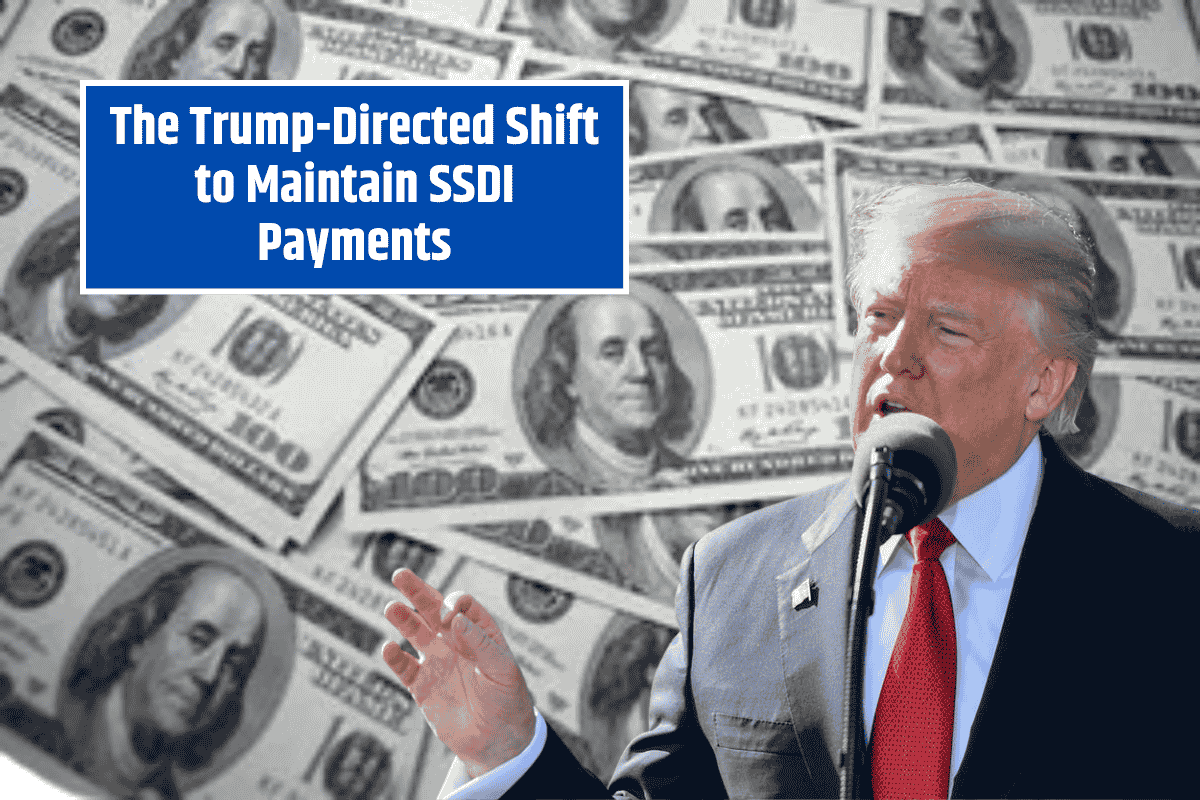The Social Security Administration (SSA) has been ordered by President Donald Trump to set September 30, 2025, as the final date for issuing paper checks for all federal benefits. This move, which affects multiple agencies including the SSA, IRS, and SNAP benefit programs, is part of a larger U.S.
Treasury Department initiative aimed at modernizing public funding distribution systems. The initiative’s goal is to eliminate paper checks, which are deemed risky, expensive, and slow to deliver.
Impact on SSDI and Other Federal Benefit Programs
The directive applies to Social Security Disability Insurance (SSDI) recipients, Social Security Retirement (SSR) beneficiaries, and Supplemental Security Income (SSI) recipients.
According to President Trump, the initiative aims to reduce the operating costs associated with printing and mailing physical checks while enhancing the security of payment distribution. Physical checks are considered vulnerable to theft, loss, or falsification.
The Cost of Paper Checks and Security Risks
The transition away from paper checks is designed to streamline the payment process. According to SSA data, paper checks are more prone to issues such as theft and loss, leading to a longer wait time for replacement payments.
Additionally, processing a physical check costs the government around $1, whereas an electronic payment costs approximately 10 cents, representing a significant savings.
Who Will Be Affected by the Transition?
While the vast majority of the more than 66 million beneficiaries of Social Security and related programs already receive their payments electronically, less than 1% still rely on paper checks. These individuals are urged to switch to electronic payment methods to avoid interruptions in service after the September 2025 deadline.
How to Verify and Change Your Payment Method
If you are currently receiving SSDI payments via paper check, you need to take action before the September 2025 deadline. To verify your payment method, check your official SSA correspondence or log into your account at www.ssa.gov/myaccount.
If the payment method is listed as “check,” you must change it to an electronic option.
Exceptions to the rule are minimal and generally apply to beneficiaries living abroad who do not have access to the U.S. banking system, or those in very remote geographical areas within the U.S. where banking services are limited.
Electronic Payment Options for SSDI Recipients
The SSA provides two main electronic payment options for SSDI recipients:
- Direct Deposit: This method sends funds directly to a checking or savings account at a financial institution, with no additional costs. Payments are available on the same day each month, based on the recipient’s birth date.
- Direct Express Prepaid Debit Card: For those without a bank account or who prefer not to use one, the Direct Express card provides an alternative. Payments are automatically loaded onto the card each month, and basic services are free. However, certain transactions, such as out-of-network ATM withdrawals, may incur fees.
The shift away from paper checks marks a major change in how federal benefits are distributed. Beneficiaries still receiving paper checks should transition to one of the electronic payment methods to ensure timely and secure access to their funds before the September 30, 2025 deadline.
